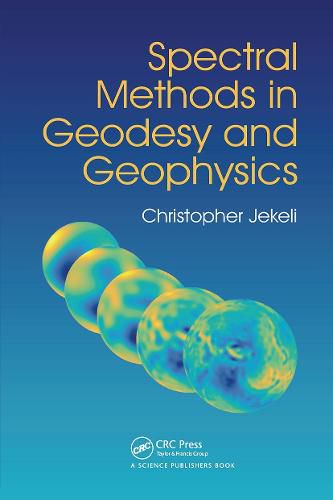Readings Newsletter
Become a Readings Member to make your shopping experience even easier.
Sign in or sign up for free!
You’re not far away from qualifying for FREE standard shipping within Australia
You’ve qualified for FREE standard shipping within Australia
The cart is loading…






The text develops the principal aspects of applied Fourier analysis and methodology with the main goal to inculcate a different way of perceiving global and regional geodetic and geophysical data, namely from the perspective of the frequency, or spectral, domain rather than the spatial domain. The word methods in the title is meant to convey that the transformation of a geophysical signal into the spectral domain can be applied for purposes of analysis as well as rapid computation. The text is written for graduate students; however, Chapters 1 through 4 and parts of 5 can also benefit undergraduates who have a solid and fluent knowledge of integral and differential calculus, have some statistical background, and are not uncomfortable with complex numbers. Concepts are developed by starting from the one-dimensional domain and working up to the spherical domain, which is part of every chapter. Many concepts are illustrated graphically with actual geophysical data primarily from signals of gravity, magnetism, and topography.
$9.00 standard shipping within Australia
FREE standard shipping within Australia for orders over $100.00
Express & International shipping calculated at checkout
The text develops the principal aspects of applied Fourier analysis and methodology with the main goal to inculcate a different way of perceiving global and regional geodetic and geophysical data, namely from the perspective of the frequency, or spectral, domain rather than the spatial domain. The word methods in the title is meant to convey that the transformation of a geophysical signal into the spectral domain can be applied for purposes of analysis as well as rapid computation. The text is written for graduate students; however, Chapters 1 through 4 and parts of 5 can also benefit undergraduates who have a solid and fluent knowledge of integral and differential calculus, have some statistical background, and are not uncomfortable with complex numbers. Concepts are developed by starting from the one-dimensional domain and working up to the spherical domain, which is part of every chapter. Many concepts are illustrated graphically with actual geophysical data primarily from signals of gravity, magnetism, and topography.